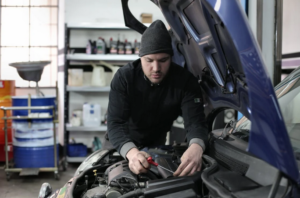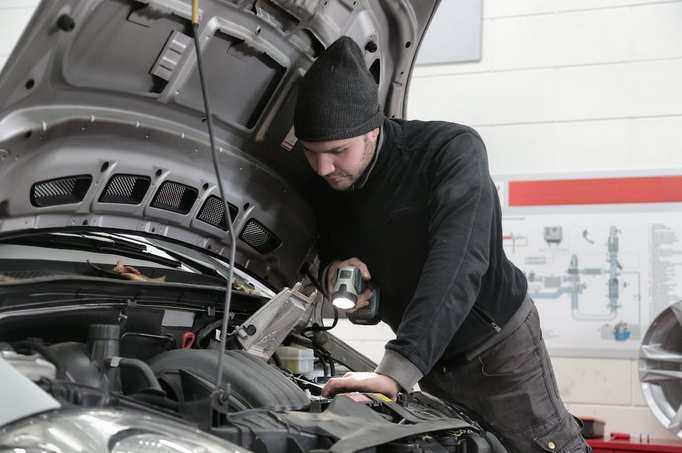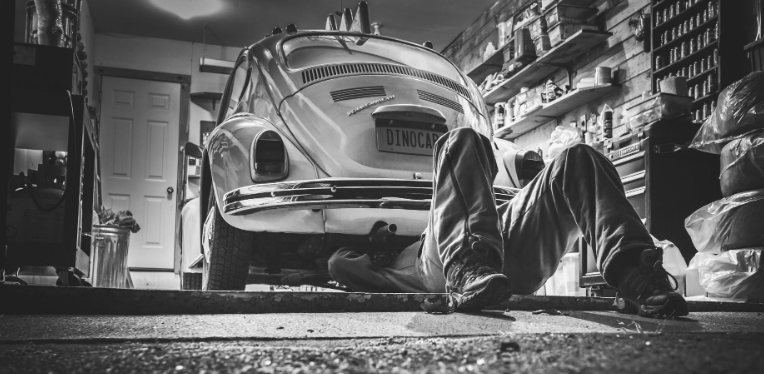It’s a frustrating feeling when your car won’t start. You turn the key in the ignition, and nothing happens. You’re not sure what the problem is, but you know you need to get your car started so you can go to work or take your kids to school. So you grab your floor jack which you picked after reading this specific review of 10 best aluminum floor jack. Then, you start checking what’s wrong with your car. Still, you have no clue whatsoever. Many things can go wrong with your car, and it’s not always easy to determine the cause. If your car doesn’t start, it could be any number of things. This blog post will explore possible reasons why your car won’t start and how to fix them.
Dead Battery
 One of the most common reasons why your car won’t start is because the battery is dead. If your car won’t turn over when you turn the key in the ignition, it’s likely because there’s not enough power in the battery to start the engine. If this seems to be the issue, grab your jumper cables and have another car jump the electricity and stuff to your car’s battery. Once your car runs, you should drive it for a while to recharge the battery.
One of the most common reasons why your car won’t start is because the battery is dead. If your car won’t turn over when you turn the key in the ignition, it’s likely because there’s not enough power in the battery to start the engine. If this seems to be the issue, grab your jumper cables and have another car jump the electricity and stuff to your car’s battery. Once your car runs, you should drive it for a while to recharge the battery.
Loose or Corroded Battery Terminals
 Another reason your car won’t start could be because the battery terminals are loose or corroded. The terminals are the metal pieces that attach the battery to the engine. If they’re loose, they may not be able to provide enough power to start the engine. If they’re corroded, it means a build-up of acid on the terminals prevents electricity from flowing properly. To clean corroded battery terminals, use a wire brush or a solution of baking soda and water.
Another reason your car won’t start could be because the battery terminals are loose or corroded. The terminals are the metal pieces that attach the battery to the engine. If they’re loose, they may not be able to provide enough power to start the engine. If they’re corroded, it means a build-up of acid on the terminals prevents electricity from flowing properly. To clean corroded battery terminals, use a wire brush or a solution of baking soda and water.
Faulty Alternator
The alternator is what charges the battery while the engine is running. If it’s not working correctly, the battery will eventually die. This can happen if the alternator belt is loose or broken. To fix this, you’ll need to replace the alternator belt. You may also need to replace the entire alternator if it’s not working properly. In short, if your car’s battery is dying for no apparent reason, it could be a problem with the alternator.
Blown Fuse
 If certain electrical components in your car are not working, it could be because a fuse has blown. Fuses are designed to break when an electrical surge prevents damage to the components. If you think a blown fuse may be the issue, check the fuse box for a blown fuse. You can replace a blown fuse with a new one of the same amperage. However, if you’ll need to replace a fuse more than once, an underlying electrical problem may need to be fixed.
If certain electrical components in your car are not working, it could be because a fuse has blown. Fuses are designed to break when an electrical surge prevents damage to the components. If you think a blown fuse may be the issue, check the fuse box for a blown fuse. You can replace a blown fuse with a new one of the same amperage. However, if you’ll need to replace a fuse more than once, an underlying electrical problem may need to be fixed.
These are just a few possible reasons why your car won’t start. If you’re still having trouble, it’s best to take it to a mechanic and have them diagnose the problem. They will be able to pinpoint the exact issue and get your car up and running in no time. Have you ever had your car not start? What was the problem? Let us know in the comments below.…




